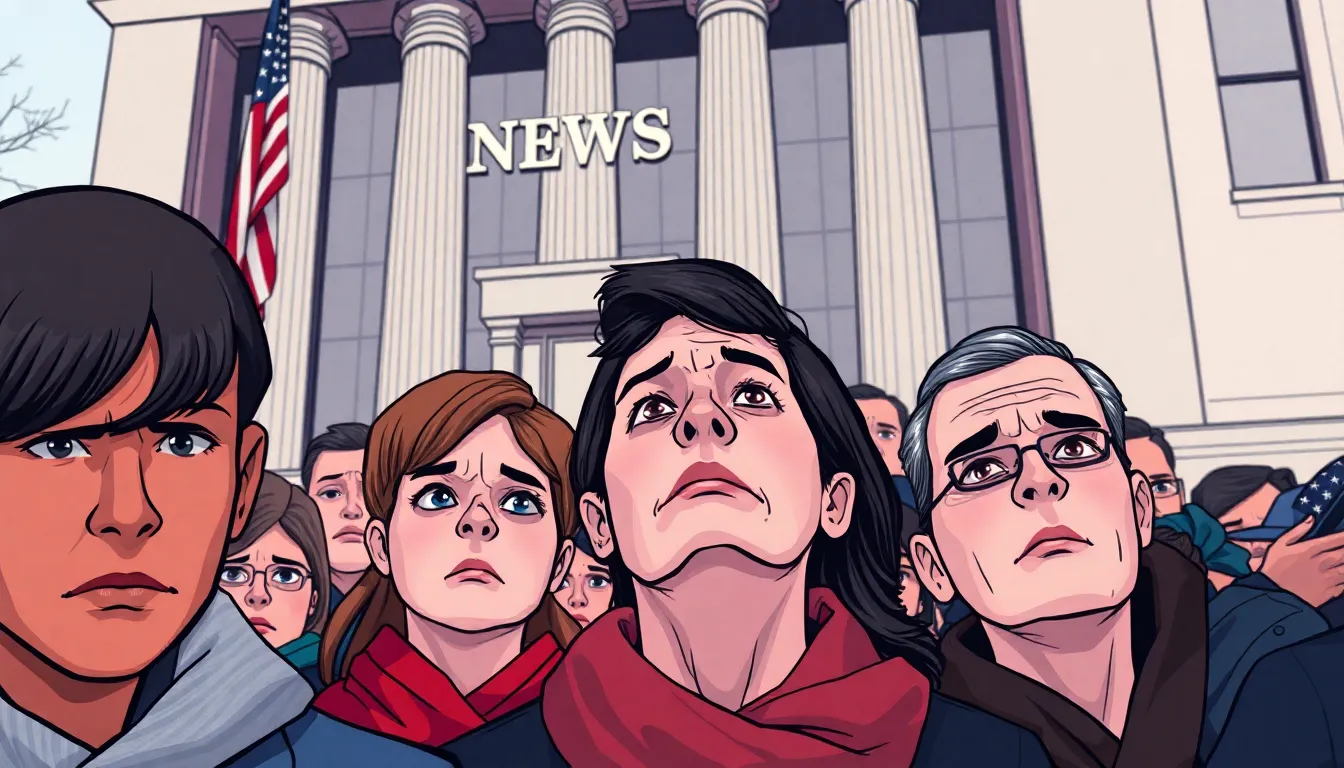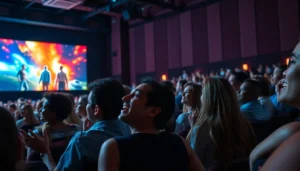Table of Contents
ToggleIn a world where headlines can change faster than a tweet, the question on everyone’s lips today is: did Donald Trump get shot? As rumors swirl and social media buzzes like a caffeinated bee, it’s crucial to separate fact from fiction. After all, the last thing anyone wants is to be the person who shared a hoax and ended up in a rabbit hole of conspiracy theories.
Recent News Overview
Current developments regarding Donald Trump’s safety have received widespread attention. Reports indicate there’s no credible evidence to support claims of Trump being shot. Such assertions arise frequently within social media chatter but lack verification from reliable news sources.
Rumors often proliferate during politically charged times. The rapid spread of misinformation can lead to confusion, making it crucial to rely on facts from established outlets. Heavily monitored platforms like Twitter and Facebook frequently host discussions, yet not all circulating information holds truth.
Professional journalists focus on credible reporting, sifting through claims to present accurate updates. It remains essential for readers to differentiate between mere speculation and confirmed reports. As of now, prominent news agencies such as CNN and Reuters confirm that no incident involving Trump has occurred today.
Tracking the situation requires vigilance, as circumstances can change quickly. Audiences are encouraged to seek updates through trustworthy sources to stay informed. Engaging with verified information protects against the pitfalls of conspiracy theories that often result from false narratives spreading online.
Analysis of Celebrity Shootings

Celebrity shootings, especially those involving political figures, generate intense public interest and scrutiny. Recent events often reflect an increasing trend of threats against well-known individuals in the media spotlight.
Historical Context
Historically, high-profile incidents include the shootings of figures like President Ronald Reagan in 1981 and the assassination of John Lennon in 1980. Such events shaped public discourse around security and safety for celebrities, leading to significant changes in protective measures. Reports from the past indicate that these incidents prompted both immediate and long-term security enhancements for public figures. Increased coverage from major news outlets highlighted the complex relationship between celebrity culture and security concerns.
Impact on Public Perception
Public perception shifts drastically in the wake of celebrity shooting rumors. Anxiety often escalates during politically charged periods, as misinformation spreads rapidly through social media platforms. People’s reactions frequently stem from fear and speculation rather than verified news. Studies indicate that exposure to misinformation influences public trust in media sources. Trust in professionals like journalists holds significant weight, primarily when they provide accurate updates. Understanding these dynamics is crucial for navigating the current information landscape surrounding high-profile individuals.
Media Coverage of Donald Trump
The media landscape has shown substantial focus on Donald Trump amid ongoing speculation regarding his safety. Reports confirm that there are no credible claims of him being shot today.
Social Media Reactions
Online platforms have erupted with reactions to the rumor about Trump. Users quickly spread unverified information, leading to widespread confusion. Various posts attempt to sensationalize the situation, generating more anxiety among followers. Many individuals engage in discussions about the implications of such rumors, showcasing how misinformation can amplify concerns. The rapid dissemination of unverified news highlights the need for critical thinking and verification before sharing content.
Traditional News Reporting
Reputable news outlets remain vigilant in reporting Trump’s current status. News organizations like CNN and Reuters have consistently debunked false claims of an incident involving him today. Journalists prioritize accuracy by providing updates that rely on credible sources. Professional reporters verify facts before disseminating information, ensuring the public receives trustworthy news. This commitment to integrity in reporting serves to reduce panic and misunderstandings surrounding the issue.
Verification of Information
Verification of information surrounding public figures is vital in today’s media landscape. Unverified claims can lead to misunderstandings and panic.
Importance of Fact-Checking
Fact-checking serves as a shield against misinformation. It ensures that only accurate information reaches the public. Trusted organizations like the Associated Press utilize rigorous standards for validating claims. Without diligent fact-checking, rumor and speculation can escalate quickly. Timely corrections from reliable outlets often restore public confidence during uncertain times. Maintaining a critical mindset before sharing information prevents the spread of unfounded fears.
Reliable Sources to Consider
Reliable sources provide trustworthy updates on current events. National news agencies such as CNN and Reuters stand out for their commitment to accurate reporting. Local news outlets also play a crucial role in confirming or denying rumors. When researching, individuals should prioritize sources known for journalistic integrity. Social media platforms often host unverified claims, making it essential to verify information through established news sites. Engaging with reputable outlets contributes to a more informed public discourse.
The rumors surrounding Donald Trump’s safety have been thoroughly debunked. There’s no credible evidence to support any claims of him being shot today. As misinformation spreads rapidly through social media, it’s crucial for individuals to seek information from reputable news sources.
Trustworthy journalism plays a vital role in clarifying facts amidst the chaos of speculation. By relying on established outlets, the public can stay informed without falling prey to unfounded fears. Maintaining a critical eye on information is essential in today’s fast-paced media landscape.







